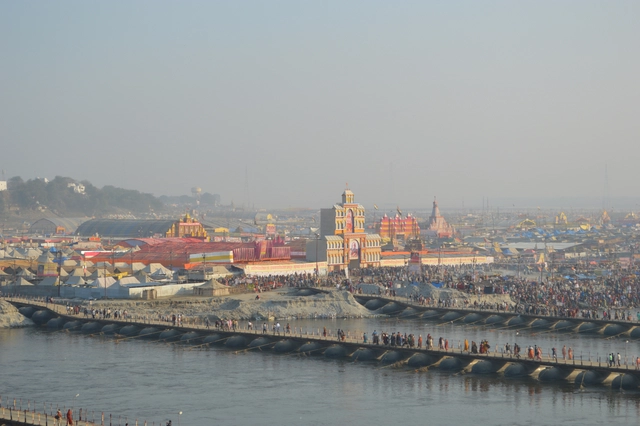
The following interview with Anthony Acciavatti was first published by Volume Magazine in their 48th issue, The Research Turn. You can read the Editorial of this issue, Research Horizons, here.
The Ganges River is India’s largest and most densely populated water basin. A lifeline to millions of people and carrying enormous celestial significance, the river is also severely polluted and suffers from dramatic droughts and floods. Vere van Gool spoke with Anthony Acciavatti to discuss the decade he spent navigating the Ganges and the new reading he was able to construct of this sacred river.
Vere van Gool: How did your journey begin?
Anthony Acciavatti: I’ve always been interested in the relationship between rivers and cities. It’s something of a romance really. I grew up not far from the Mississippi river and after doing some mappings of the Tiber river in relationship to the city of Rome, I came back to the States and finished my undergraduate thesis where I was looking at the Atchafalaya basin of south New Orleans, designing from the scale of mosquito habitats to the regional hydrodynamics of the Mississippi. While working on my thesis, I became very interested in looking into a large river system and noticed that the Ganges hadn't been mapped in about fifty years. All I could find were statistics attesting to its unprecedented levels of human density, agricultural production, and annual rainfall. So I wrote a Fulbright proposal in 2004, saying: if you give me a year, I will walk the land and create what I called a dynamic atlas of how the monsoon radically transforms this area every year.


